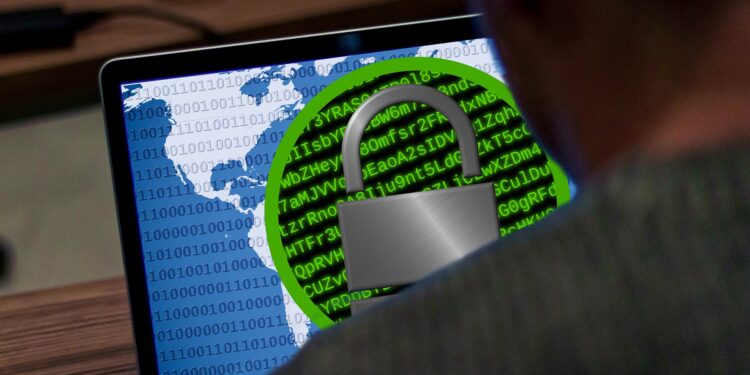The 5 Top Vectors for Ransomware


When it comes to ransomware, it’s a good idea to do as much learning as you can before you actually get hit. For the most part, businesses need to expect that they’ll eventually deal with a ransomware threat, but knowing how ransomware gets onto computers is a good first step in avoiding lasting problems with it. Here’s what you need to know about vectors of attack for complete ransomware readiness.
1. Phishing
Phishing is any attempt that a scammer or hacker makes to trick people into thinking they’re a legitimate source. They may pretend to be another person from your company, a bank, a government organization, or a client. There are many types of phishing, including voicemail phishing or vishing and text message phishing or SMSishing. The main component that’s the same throughout all of these types of phishing is that a bad actor pretends to be someone you trust to make you download something you wouldn’t otherwise.
2. Malvertising
This word is a portmanteau of “malware” and “advertising,” and it refers to the practice of using ads to install malware onto someone’s computer. It’s even possible for the ad to deliver malware to your system by just appearing on the screen, especially in computers that don’t have good antivirus protection or are running on old systems.
3. System Vulnerabilities
Specific systems may be more or less vulnerable to different malware attacks, and hackers are extremely good at finding and targeting those vulnerabilities. This is one of the reasons operating systems update so regularly; they’re constantly patching out potential security issues, because operating systems and hackers are in a constant race to try and out-pace each other.
4. Social Media
Social media is, surprisingly, an effective way for ransomware to propagate. This is mostly because people tend to trust their friends, which makes it almost a form of phishing. People are more likely to download a file if a “trusted friend” sent it to them, which means that hackers can get an unsuspecting person to actually download malware onto their own computer by hacking social media profiles.
5. Network Propagation
One of the most effective ways for malware, especially ransomware, to download itself onto more computers is to use the network. Computers on the same network connect to the network and, in a way, to each other. Once malware gets onto your network, it can spread throughout all the computers in the network, essentially locking everything down and making it nearly impossible to stop it.
Conclusion
Ransomware is getting more and more popular nowadays, and it’s becoming difficult to stop it. However, one of the best ways you can stop it is by having a backup that’s isolated from your local networks. Backups can be a great way to get back to business as usual, and isolating the backup from local networks means that you don’t have to worry about the ransomware finding and corrupting your backup, making it essentially useless. Know these vectors and know how ransomware can get through them.

